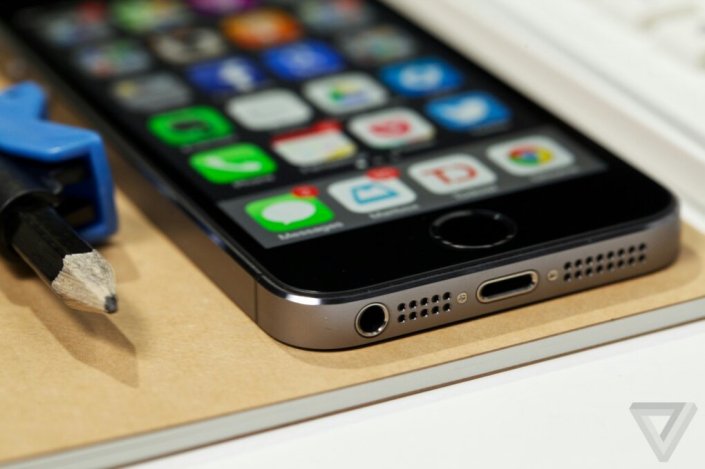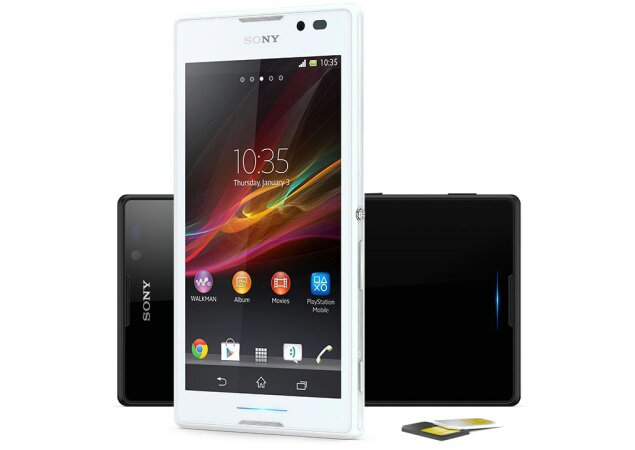smart phone review
Sony Xperia C with 5-inch display, dual-SIM available online for Rs. 20,490.
Sony seems to be geared up to officially launch another mid-range smartphone, the Xperia C for the Indian
market. The device is currently available online for Rs. 20,490 on Saholic, while it is up for pre-order on Flipkart
with the same pricing. Both the ecommerce sites have mentioned that the device will be available from second
week of October. The Xperia C was officially unveiled earlier this year at the Mobile Asia Expo.
The Sony Xperia C is the first smartphone from the Japanese handset giant to be based on quad-core
MediaTek MTK6589 processor; clocked at 1.2GHz. It comes with 5-inch TFT LCD qHD (540×960 pixel)
display and runs Android 4.2 Jelly Bean. It includes 1GB of RAM and 4GB of inbuilt storage, which can be
further expandable up to 32GB via microSD card. The Sony Xperia C is a dual-SIM smartphone (GSM+GSM)
with dual standby.
The Xperia C sports an 8-megapixel rear camera with Exmor R sensor. The rear camera comes with features
like face detection and Sweep Panorama, and is also capable of shooting videos in full-HD (1080p) mode.
There is a 0.3-megapixel front camera onboard also. Connectivity options include 3G, Wi-Fi, DLNA, Bluetooth
4.0 and GPS. The smartphone will be available in White, Black and Purple colour options.
Other features on the Sony Xperia C include motion-gaming, FM radio with RDS, Walkman app and ‘screen
mirroring’. The device is backed by a 2330mAh battery, which the company claims can deliver up to 10 hours
of talktime and up to 588 hours of standby time.
Mobiles launched in September 2013
Sony Xperia C key specifications
5-inch display with qHD (540×960 pixel) display
1.2 GHz quad-core MediaTek MT6589 processor
1GB RAM
4GB internal storage, expandable by up to 32GB
8-megapixel rear camera with LED Flash, Exmor R sensor
0.3-megapixel front camera
Dual-SIM (3G + 2G) with dual standby
Android 4.2 (Jelly Bean)
Apple iPhone 5S review
Price.$199 for 16GB
$299 for 32 GB
$399 for 64GB
R-Star RATING: 6.0
Apple has entered the spec wars. The iPhone 5S isn’t just
supposed to be “the most amazing iPhone yet.” It’s not “the
thinnest and lightest iPhone ever.” No, Apple says the 5S is
“the most forward-thinking iPhone yet” and “the best
smartphone in the world.” But the screen didn’t get bigger,
and the design hasn’t changed. Apple’s mid-cycle S updates
are always about the little things: faster internals, a better
camera, more memory. But this year little things have turned
into big things: there’s upgraded 64-bit A7 processor and a
hidden fingerprint reader, a better camera and a much-
improved new flash. Add those to the new, wholly redesigned
iOS 7 software, and Apple believes it has a phone that’s much
more than just a refresh. For $199 plus a two-year contract,
the 5S is Apple at its swaggering best, believing it can win the
spec-sheet arms race while still offering a device anyone and
everyone can use. But can better specs really make a better
phone, despite what Apple’s told us all these years? Is this
forward-thinking phone the right phone for right now?

Just like old times
I wish the iPhone 5S had a slightly larger screen — 4 inches
feels smaller and smaller — but it’s otherwise hard to fault
Apple’s basic design. The 5S is virtually unchanged from last
year’s model, from the cold aluminum back to metal frame
with chamfered edges. Even a year on, it’s one of the best
smartphone designs ever — at once svelte and sturdy,
machinelike and comfortable. Its only real rival is the HTC
One, itself exquisitely made; I’d love for Apple to have come
up with some thrilling new design here, but there’s always
next year.
The practical upside to a 4-inch phone is that its 1136 x 640
display still looks great even as its resolution is lapped by the
1080p screens on the Galaxy S4 and HTC One. Even after
spending time with those devices, the 5S’s display is still
excellent — its remarkable color accuracy shows off the
colorful iOS 7, and viewing angles are fantastic. At some point
Apple will have to increase the iPhone’s screen size again, but
for right now, it’s hard to find any other complaints about this
display. The phone may feel the same, but the finishes do look
different. The basic colors are subtle: silver is essentially the
same as it ever was, and the “space gray” is just a lighter
version of last year’s black model. They’re both nice, but
neither will turn the heads of iPhone 5-toting passersby. That
effect is reserved for the gold model, a champagne-colored
device with white accents that really is a sight to behold. It’s
not gaudy or ostentatious, like something Vertu or Porsche
would make. It’s just classy and unique. It doesn’t quite mesh
with the bright blues and greens that are all over iOS 7 the
way the candy-colored iPhone 5C does, but it’s a gorgeous
piece of hardware. The gold shines brightest on the circular
rim around the new home button — it’s color-matched to
whatever device you buy, but it only really stands out on the
gold 5S. The home button looks different, with no square icon
in the center and a metal ring around the concave button, but
the look portends an even bigger change in how your home
button works.
The touch, the feel
Using Apple’s Touch ID fingerprint security system feels very
much like being in a secret agent movie: you pull the phone
out of your pocket, touch the ringed home button (which is
now much more tactile, directing your finger to exactly the
right spot), and presto — you’re in. Setting up Touch ID takes
a couple of minutes, during which you place your finger on the
device every which way so it can learn the ins and outs of
your print so it can learn who you are. Once it gets all the
data it needs, Touch ID uses your fingerprint — you can teach
it as many as five, and I recommend doing at least both
thumbs — to let you unlock your phone without a passcode
and buy things in Apple’s stores without a password.
Img_3013-300px It requires a bit of patience at first, but once
it figures out all the crazy, misaligned ways you might mash
on the button, it works pretty reliably. And if it can’t figure out
who you are, which happened once when I had crumbs all
over my fingers and again when I had wet hands, it goes back
to your four-digit PIN. Most importantly, it’s virtually
instantaneous. I assumed I’d rather type in a passcode,
because even if it’s slower at least I’m doing something, but
Touch ID rarely take more than a single beat before the gates
open and iOS 7 falls into place. Apple says Touch ID only
stores your fingerprints in special encrypted memory on the
phone itself, where the data is accessible to neither Apple’s
servers or the NSA, nor to anyone else.
AT THE END ITS PICK :)))




